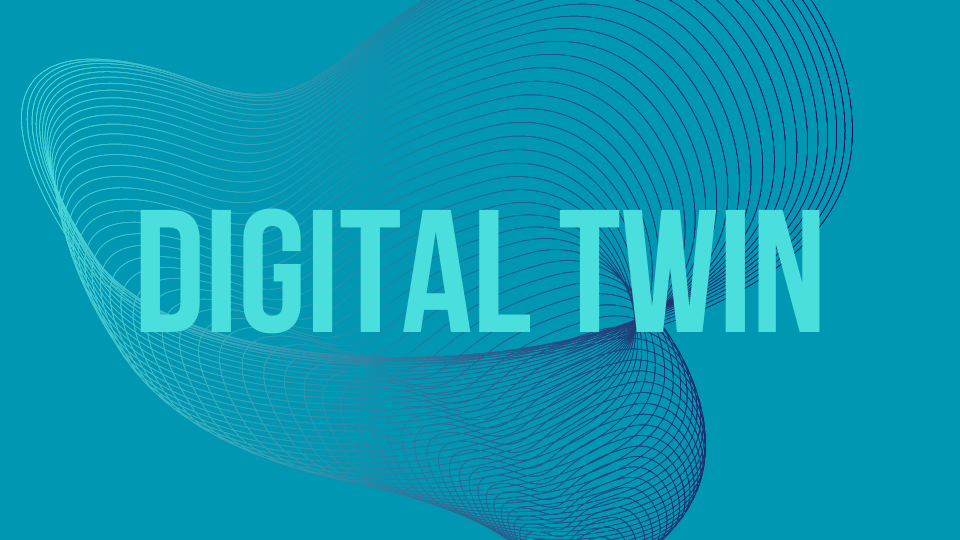Introduction to Digital Twin Technology
You may have heard the word “Digital Twin” very often in this last period, but what is it really? Let’s try to see it together.
First of all, we would like to say that this particular technology represents one of the most promising technological innovations for the digital age.
A Digital Twin is a virtual replica of a physical product (or process) that provides a snapshot of the state of the product, in real time.In addition, digital twins allow us to predict the future performance of the physical asset and experience improvements without having to test them on the product itself. This technology is leading to small revolutions in a variety of industries, from automotive to building energy management, from manufacturing to healthcare and, more recently, agriculture.
Uses and Benefits of the Digital Twin
One of the most important features of the Digital Twin is its ability to succeed in reducing costs, improving operational efficiency, and optimizing performance.
The use of this technology is growing significantly in the market. According to MarketsandMarkets, the global digital twin market in 2023 was worth $10.1 billion, numbers that are surely set to grow as it is supposed to reach $110.1 billion by 2028 thus reaching a CAGR of 61.3 percent between 2023 and 2028.
Energy Optimization and Indoor Comfort
Among the various fields of application, also mentioned above, surely the one related to building energy management is the most interesting. Current traditional technologies often fail to provide personalized and dynamic optimization for climate control, but with the help of a Digital Twin, we can keep an eye on, in real time, the indoor conditions of each room. This allows us to maximize occupant comfort while optimizing energy consumption for heating and cooling.
Below are some possible applications of the Digital Twin for energy optimization:
1. Monitoring and Diagnosis
A Digital Twin, through continuous monitoring, can identify energy inefficiencies and all in real time. One example: it can detect if an HVAC (Heating, Ventilation, and Air Conditioning) system is consuming more energy than necessary and suggest corrective action.
2. Predictive Maintenance
A Digital Twin is able to predict failures and malfunctions, this feature of it allows us to be able to plan maintenance interventions before serious problems occur, and this definitely leads to a reduction in maintenance costs, but at the same time also to avoid possible service interruptions.
3. Simulations and Optimization
The digital twin can run simulations to assess the effect of any operational or structural changes on energy efficiency.
Comfort Indoor: A New Standard of Livability
The Digital Twin represents a true standard of livability, because through its use we can succeed in optimizing the indoor environmental conditions of a room by automatically adjusting temperature, humidity and air quality. The climatic conditions of a room are adjusted according to the preferences and needs of the occupants, all of which is of course possible through the use of sensors or machine learning algorithms, which allow digital twins to learn preferences. In addition, digital twins are able to monitor air quality and thus understand when CO2 levels are too high or if other pollutants are present. In this specific case they would be able to activate certain systems such as ventilation or air purification in order to achieve a healthier and more comfortable environment.
The WISE-COOL project
This technology will also be used in our research and development project: WISE-COOL.
The goal of the project is to realize an innovative software-hardware solution, ensuring precise control of indoor conditions, minimizing energy consumption for building heating and cooling, and improving indoor comfort by providing users with personalized services.
The solution is based on two main components: Agrumino, our device, to capture indoor conditions in each room, and a WiFi sniffing device, to detect nearby connected devices and identify people in each room. The architecture is based on a set of cVOs representing each IoT sensor and thermal actuator, to maximize interoperability. An Edge AI model will run in real time to pursue maximum thermal efficiency and adapt to user habits, and finally a mobile application will provide real-time interaction with the home’s DigitalTwin.

